A tantalizing taste of Genoa
Genoa’s Old Town is much like Nice must have been a few decades ago: vividly colored in shades of ochre and pink, surprisingly ornate in places but also a bit rough around the edges. The seeming lack of a tourist industry is no bad thing since it means that the traditional food shops have survived, catering to locals who know their stuff. Greengrocers were flourishing and there were shops selling everything from pre-soaked salt cod in marble basins to high-class olive oils and condiments from all over Italy.
The deeper you are willing to wander into Genoa’s caruggi, or narrow medieval lanes, the greater the rewards. As we entered the Old Town from behind the Palazzo Ducale, I spotted a sign pointing down an alley barely wide enough for a donkey, let alone our tiny Twingo. Lured in by the word cioccolatto, I came across an old door with frosted glass panels and a hand-lettered wooden plate bearing the name Viganotti. Feeling a bit like a trespasser I pushed it open, only to find myself in a child’s fantasy chocolate shop. A rack behind the counter held wicker baskets of filled chocolates, while at the back of the shop a handful of staff toiled over ancient machinery.
My book told me that Alessandro Boccardo took over this shop in the 1990s but has kept the original equipment, which gives his chocolates an endearing old-fashioned quality. They might not have the finesse of certain chocolates that I’ve tasted in Paris, but they make up for that in charm – and Sam certainly wasn’t complaining.
Regular shots of strong coffee are always a must in Italy and we stopped into the café Klainguti, founded in 1828 by a pair of Swiss brothers who apparently missed their boat to America and opened here instead. Silver trays bore beautiful German-influenced pastries, and I might have succumbed to the brioche with sugar icing or the strudel had I not earlier sampled the Torta Rosa, a flaky roll dusted with powdered sugar, at a pastry shop closer to our hotel.
Salt cod has played an important role in Mediterranean cooking for hundreds of years thanks to trade with Scandinavia – they got olive oil, we got fish you need to cut with a saw – and the Bottega dello Stoccafisso attests to its ongoing popularity. The traditional recipe for stockfish stew, which is served in both Genoa and Nice, calls for the dried fish and its dried intestines, a prized ingredient: slow cooking with tomatoes, peppers and onions makes it all palateable.
Nearby, I was charmed by the poultry on display in a butcher’s shop: I’m used to seeing chickens displayed with their heads and feet, but not necessarily with names around their necks.
Genoa is the home of focaccia and we couldn’t leave without sampling the plain version with olive oil and coarse salt, which we ate by the harbour, savouring its simplicity. I also picked up a slice of farinata, a close cousin to Nice’s socca made with chickpea flour, olive oil, water and salt. More substantial than the Niçois version, this one was surprisingly good even when eaten cold – I’m used to eating socca only when it’s burning hot. There seem to be fewer hard-and-fast rules about farinata than socca and you might also find it laced with herbs or chili pepper, depending on the season.
To burn off the calories Sam and I scrambled around the ship used to film Pirates of the Caribbean, one of Genoa’s few “tourist” attractions (along with an extremely crowded aquarium). This city is full of surprises, and I know that I have barely scratched the surface.

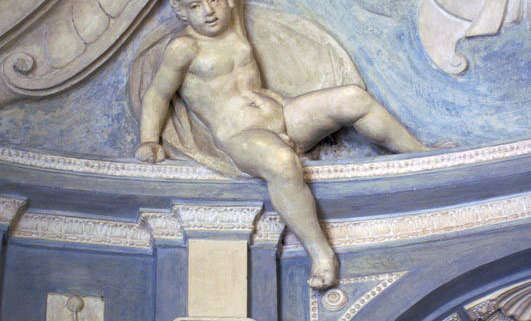
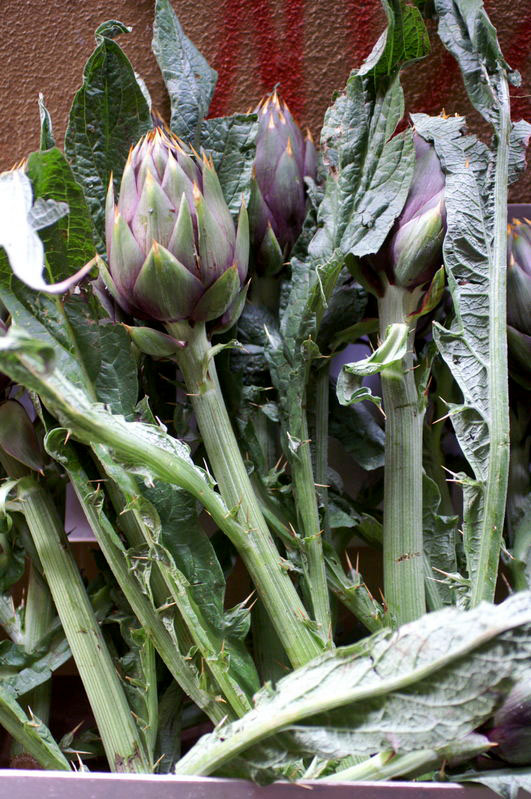
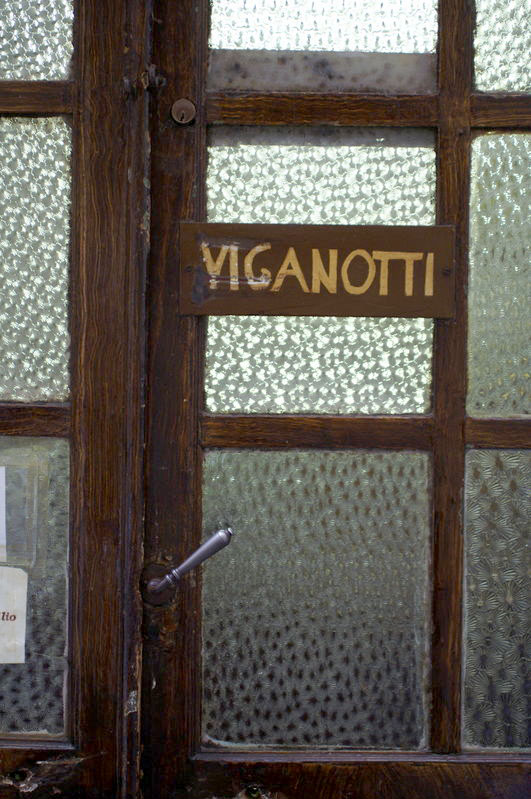
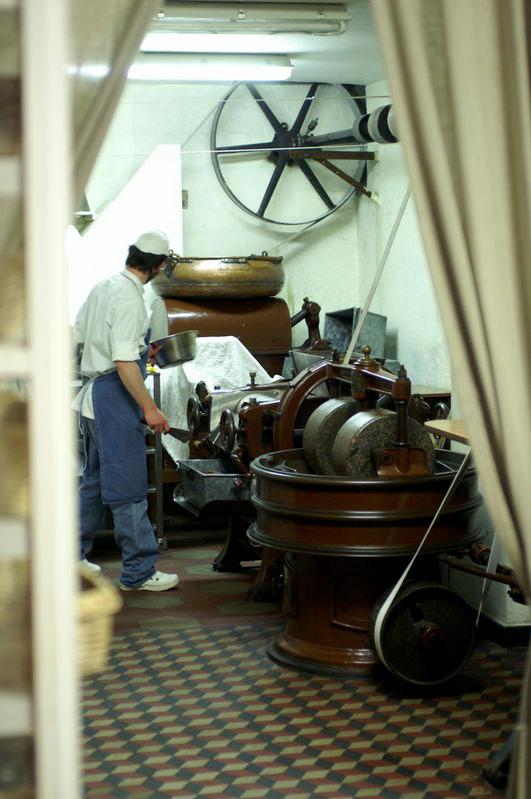
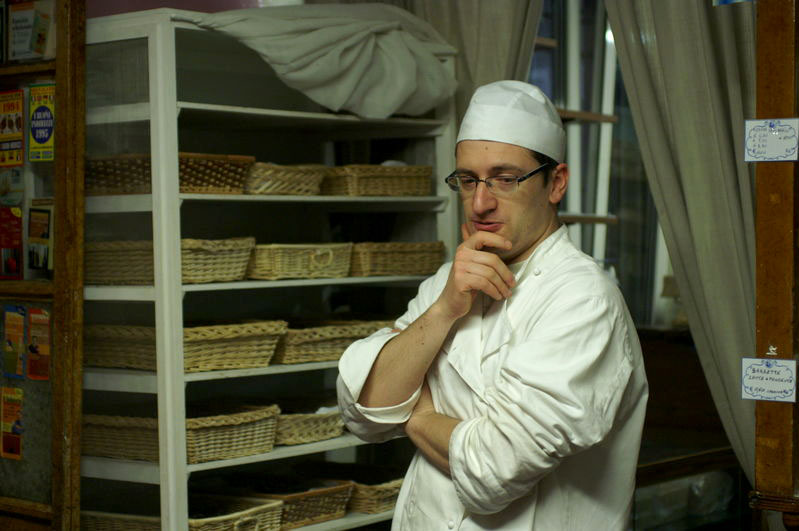
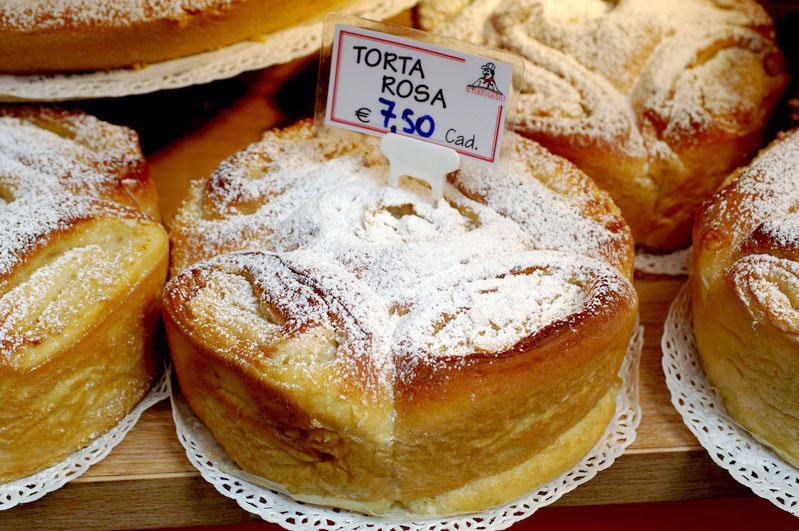
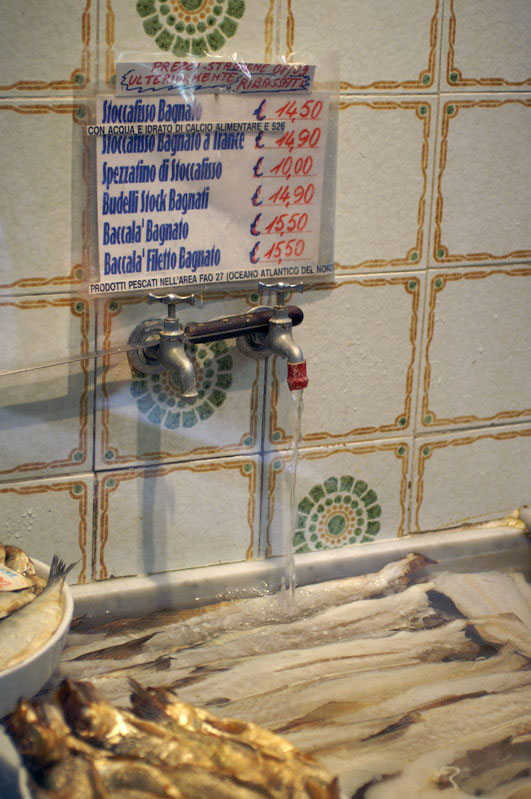
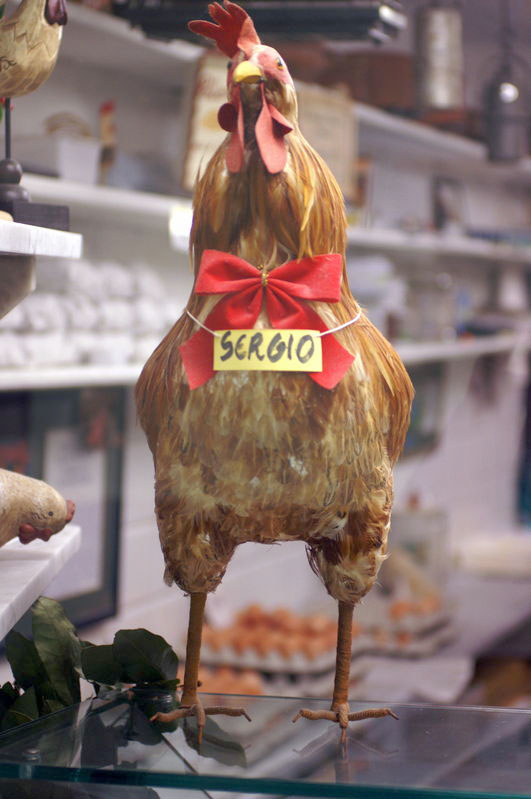
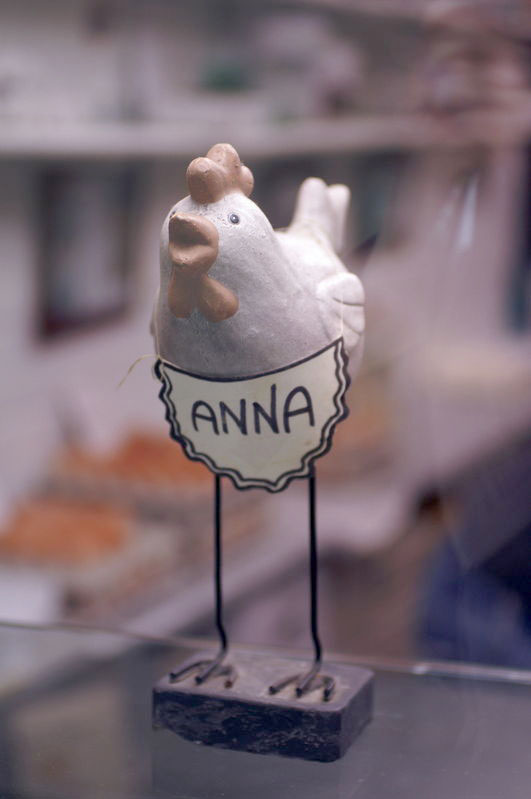
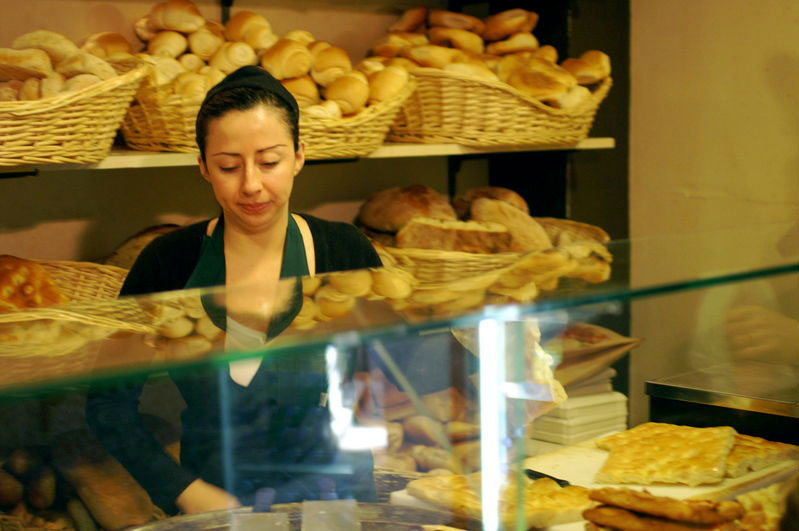


you made it to my favorite foccacia spot… in fact I was there this morning (right next to the chicken shop)